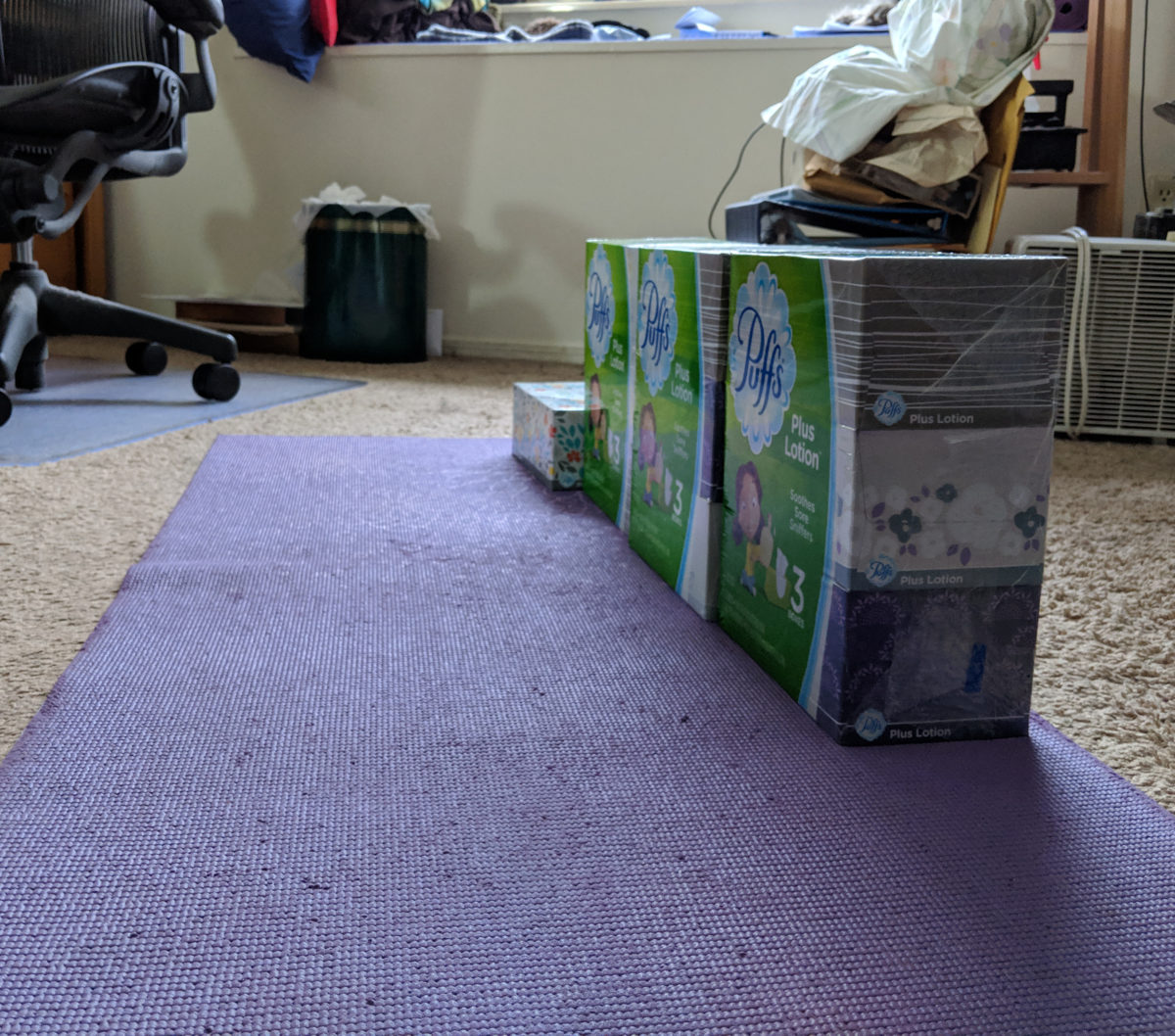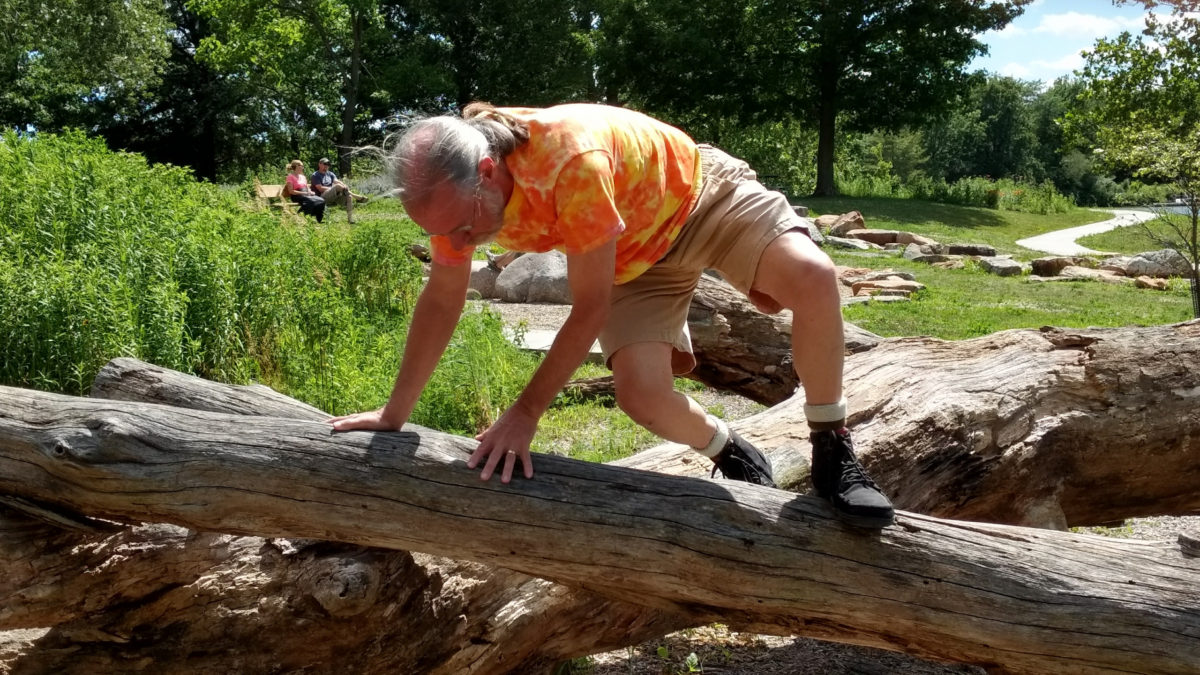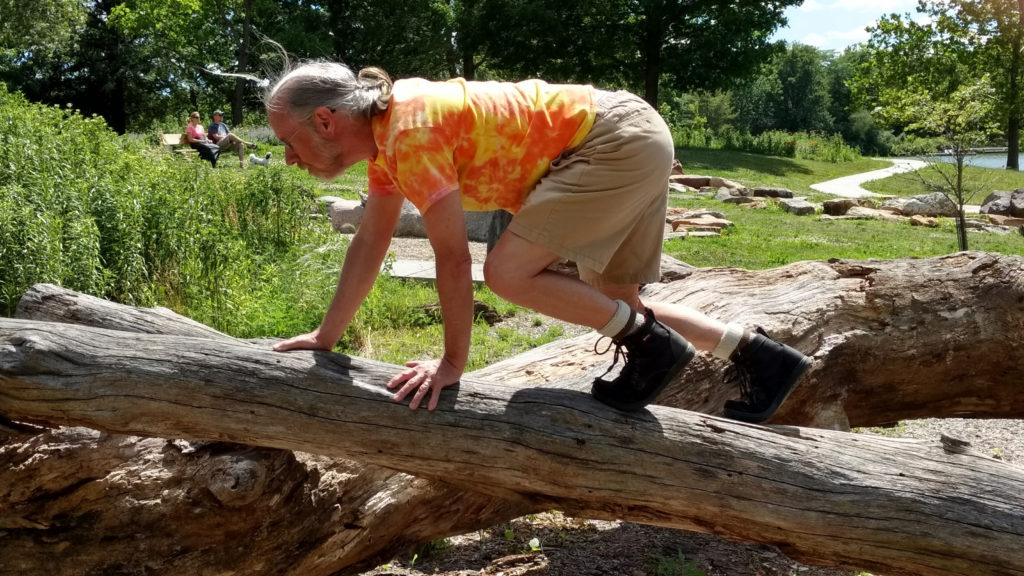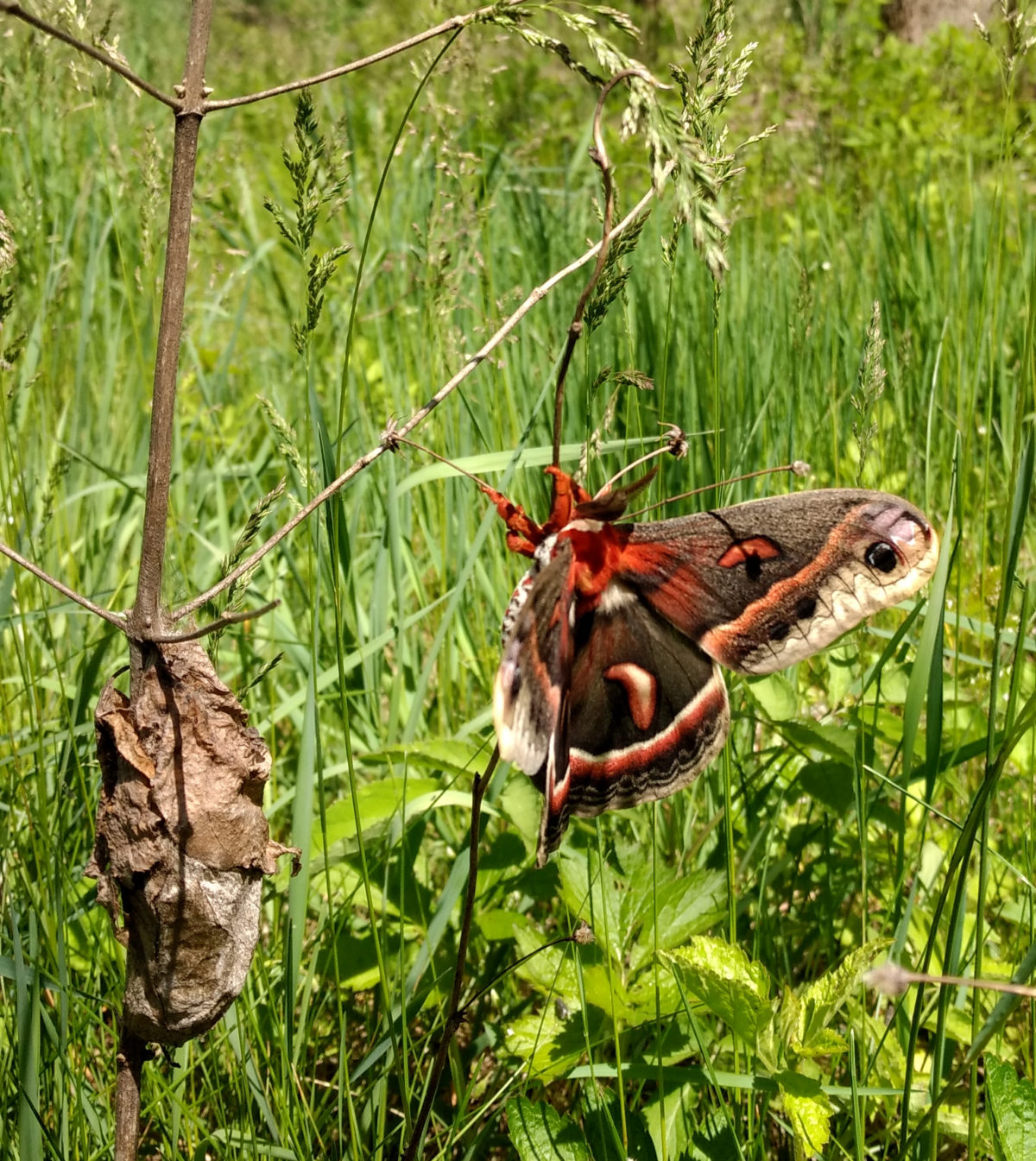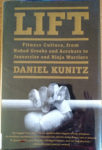I’m pretty pleased with 2017 on a movement front. As I sat down to write this, I had been feeling a little discouraged about how slow my progress seemed on the strength front, but when I looked back at where I was one, two, and three years ago, I can see that I’m actually making steady progress. (And, after I’d started drafting this post, I managed to do a chin-up, so I’m especially pleased about that.)
I feel like I’ve pretty much managed to internalize my realization that movement trumps exercise. I certainly don’t move enough, but I’m much more inclined to notice now whenever I do something that minimizes or outsources my movement. This gives me a chance to say, “Never mind. I’ll go ahead and do that myself.”
Since I don’t move enough, I have to add exercise to the mix. Especially in the winter, when the cold and the dark and the ice make it tough to fit all the movement in, I exercise. And I pick my exercises with the goal of improving the capabilities—mobility (especially), strength, control and access to appropriate movement patterns—that I found were limiting factors last summer.
This last—access to movement patterns—is new. I’m just coming to realize that in many cases my limitations are not (or not entirely) a lack of strength or flexibility, but rather are due to poor patterning of the movement. More on that below.
Exercise
I stuck with the exercises I’ve been focusing on for three years now, and added a couple.
Squatting
I finally made real progress in squatting, and it turned out to be a really simple thing that made the difference—and probably a movement pattern thing.
In one of the classes I took with Ashley Price, she had us find the best squat we could do with perfect form. That is, we got in neutral posture with our feet hip width apart, our feet pointing straight forward, our femurs neutral, and then we squatted down only as far as we could go while keeping our shins vertical.
My discovery was that by first getting as far down as I could with my shins vertical, I was in a posture that let me easily lower down the rest of the way into a deep squat. It’s not a perfect deep squat (I wouldn’t want to load up my back with a heavy weight and lift it) and it’s not quite to where I can comfortably rest at the bottom of a deep squat (although it is getting pretty close), but it is now a useful capability. For example, on the last day of the year I got down in a deep squat to look over the choices in our liquor cabinet, and ended up lingering there for some little time. (The range of choices is rather large just now, thanks to a generous gift and a bit of splurging on our own.)
Basically, I’m happy with my progress on squatting.
Hanging
Here I’m finally making great progress—chin-up!
Other than that I’m pretty much doing what I’ve been doing—negative pull-ups. Sometimes I do them for volume (I’ve done as much as 3 sets of 7, or 2 sets of 8 plus a few). Other times I’ve been doing many fewer sets and reps, concentrating instead on doing them very slowly.
Just since doing my chin-up I’ve begun to recognize a movement pattern issue here as well. Based on how sore my traps were after my first chin-up, while my lats weren’t sore at all, I think I’m failing to initiate the pull with my lats. I’m addressing that two ways. First, I’m doing the negative pull-ups very slowly, trying to find the point where I transition to using my lats and emphasize that part of the move. Second, I’m trying to specifically engage the lats by pulling my shoulders back and down before trying to pull myself up.
Besides all that I’m sticking with my other hanging exercises—swinging side-to-side and back-to-front, leg raises, knee-ups, and I’ve added some twisting knee-ups as well, turning my hips to alternate sides and raising my knees toward my elbow on that side. I’m also ready to start doing some traversals along the bar.
Wall dip
I haven’t made much progress here, for much the same reasons as last year: wall dips are hard, and I’ve been working on various progressions instead. I play around with bench dips and (rather shallow) parallel bar dips and wall supports.
Another reason I’m not making much progress here is that for my main pushing exercise I’ve been emphasizing pushups.
Toe stretches
I’m reasonably pleased with my progress on toe flexibility as well, even though I haven’t actually increased my range of motion much. What I’ve done is improve my ankle dorsiflexion enough that I’ve been able to start doing the things I couldn’t do because of limited toe flexibility.
There’s a particular move I wanted to be able to do, that involved shifting from a squat to a deep knee bend, then lowering the knees to the ground and then kneeling. It can also be reversed by flexing the ankles to tuck the toes under, rocking back to get into a deep knee bend, and then shifting to a squat for standing back up.
Among other things, this is a martial arts move: You can move from kneeling to standing while keeping your hands free to block an attack (or prepare to launch one).
I can sorta do that now. Not smoothly, and not without an amount of toe stretching that feels a bit excessive, but vastly better than two years ago where a single attempt hurt my knees and toes enough that it took weeks to recover.
Pushups
As I said, instead of dips I’ve instead been focusing on pushups. I’ve made good progress here as well: I can now do 8 pushups (up from 1 a little over a year ago). I’ve also greatly improved my form—keeping my elbows tucked in close to my sides, rather than letting them flair out as I’d probably done since I was a kid in gym class. (Your humeri should be neutral with your elbow pits pointed forward.)
Now that I can do 8 pushups it’s about time to start doing multiple sets—maybe starting with 2 sets of 5? I’ll try that in a couple of days.
I don’t have long-term plans to emphasize pushups though. I’ll keep doing them, but once I can do a couple of sets of pushups and still have some strength left in my triceps, I’ll get back to work on the various sorts of dips.
Kettlebell swings
This year I added kettlebell swings to my exercise regimen. I want to talk about this a bit, because there’s a story here.
About a year and a half ago I was out on a very long walk with Jackie. Toward the end we sat down on some concrete benches for a short rest, and I found that there was an uncomfortable lump right behind where I was sitting. Shifting around to find a lumpless spot was not successful. Eventually I figured it out: I had lost enough weight that I no longer had enough cushioning to keep my tailbone up off the bench; the lump I felt was my coccyx.
Figuring that bigger glutes would be a better choice for keeping my coccyx up off the bench than fat anyway, I started boosting the weight I used in my goblet squats. Then I remembered an old post by Tim Ferris that recommended kettlebell swings as the best glute exercise. Then some anonymous kind soul donated a 45 lb kettlebell to the Winfield Village fitness room.
Looking at my training log, it appears that I started doing kettlebell swings in January, and worked up to 3 sets of 25 by April. As Tim had recommended 75 reps as a target, I’ve left it there. I don’t have data on the size of my glutes, but I’m no longer bothered when I sit on a hard bench.
I use the kettlebell swings as my high-intensity interval training as well. A set of 25 swings spikes my heart rate up right toward my max heart rate. (I’ve actually seen heart rates above my estimated max heart rate, which just means that the estimate is a bit off.) Each set takes about 50 seconds, and I follow it with as much rest as I need to get my heart rate back down around 100, which works out to two or three minutes.
I’ve toyed with the idea of adding a fourth set, and might yet do that.
Non-exercise movement
My main non-exercise movement is and always has been walking. It was a bit limited in the second half of this year because I hurt my feet, and one foot in particular has taken a long time to recover.
I think what happened was this: I was waiting for the bus, which unbeknownst to me had been rerouted due to road construction. Seeing the bus zip past a block away, I took off running to try to catch it at the next stop. In the rush I think I must have fallen into an old heel-strike movement pattern, bruising my heels, resulting in this nagging foot pain. Only in the last few days of the year does it seem to finally be completely resolved.
Walking
I still walk a good bit for transportation, just less than I was doing before I hurt my feet. I’ve also done less walking with Jackie since she started working at Great Harvest bakery. (This does not mean less walking for her—she walks to work most days.)
I expect my walking quantity to return to its old baseline quantities in the new year.
Running
Running was also curtailed by my foot injury. Before I hurt my foot I had been increasing my running distances as well, working my way up to where I did an 8-mile run for the first time in many years.
Some of my running is exercise, but a good bit is movement (as, for example, the sprint to catch the bus where I injured my feet.)
Parkour
I did spend a little time with the campus parkour club, but once again timidity (both movement timidity and social timidity) kept me from doing as much as I might have.
Each summer I mean to step this up. Maybe 2018 will be the year.
Taiji
For most of the year I teach two taiji classes—a beginners class that meets for an hour twice a week, and a group practice for continuing students (we don’t consider ourselves “advanced”) that meets for an hour three times a week. Besides that I do some taiji and qigong throughout most days. I do some qigong to loosen up in the morning. I do some before lifting to warm up, and then I do some between sets as “active recovery.” I might do a whole short form when I feel like a little moving mediation would do me some good, or even a whole long form when I feel like a lot of moving meditation would do me some good.
Basically, I do a lot of taiji.
Even when I’m not teaching I include it as part of my daily movement, simply because it has proven itself such a powerful tool for helping me move and feel better.
Push hands
Over the summer I got back together with my friends who practice push hands a few times, but we were never able to get a regular thing going, which is very sad. I’ll try again next summer.
Stewardship work days
I have continued my practice of joining Jackie for occasional stewardship work days at natural areas in and around Urbana. (I even did one without Jackie—a prairie burn.)
These are perfect examples of non-exercise movement: We don’t do them for the exercise (although we get plenty); we do them to improve the land.
They are very satisfying for many reasons—doing hard work with friends is always satisfying, contributing to the community (making the parks better) doubly so. I think an additional reason is that the actual physical movements and mental activity that we do while locating and removing invasive plants is virtually identical to those that our hunting-and-gathering ancestors must have done for most of the past two hundred thousand years. (I see now that I made exactly the same point last year.)
Looking ahead
With one possible exception, my plans for the new year don’t include big changes, just continuing progress. (The possible exception is treating myself to a month pass to Urbana Boulders and putting my new upper-body strength to work climbing walls.)
I have had some success in getting my mind right with the cold, this year in particular, but also gradually over the past several years. I’m getting in more outdoor exercise this year than last, and a lot more than I did five or ten years ago. That, plus the indoor strength training and the taiji, look to stand me in good stead for getting 2018 off to a good start.
We’re planning a spring trip to some national parks in southern Utah which will entail a good bit of walking, so we have that bit of extra motivation to keep up with our walking over the winter.
Happy New Year!

